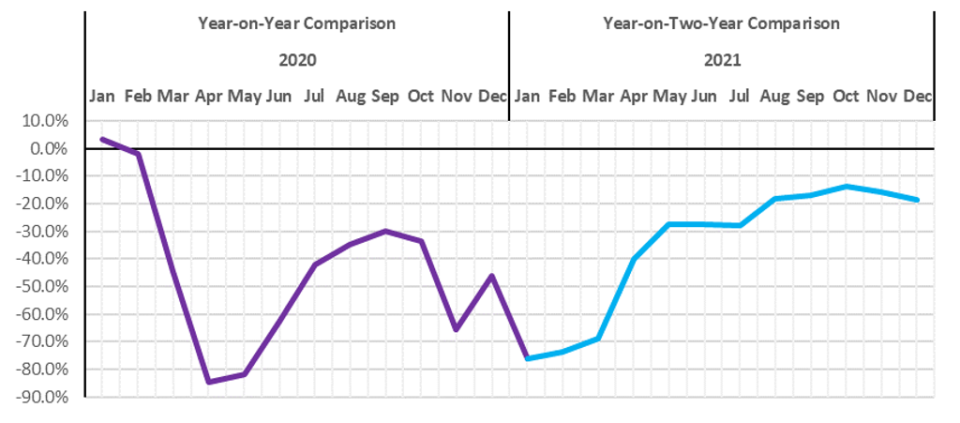Omicron and work-from-home advice cut December shopper footfall

Much of the progress made in attracting shoppers back to stores was wiped out in December amid surging Omicron cases and new work-from-home advice, figures have shown.
Total UK December footfall was 18.6% lower than the same month in 2019, well below the three-month average decline of 16.4%, according to BRC-Sensormatic IQ data.
Footfall on high streets was down 23.1% while retail parks saw a drop of 9.2% and shopping centre visits declined by 36.6%.

For the whole of 2021, total UK footfall was 33.2% down on pre-pandemic levels.
British Retail Consortium chief executive Helen Dickinson OBE said: “Much of the progress made over the last four months was wiped out in December as surging Omicron cases and new work-from-home advice deterred many from shopping in-store, particularly in towns and city centres.
“December footfall capped a challenging year for brick-and-mortar stores, which saw footfall down one-third on pre-pandemic levels, though this was a significant improvement on 2020.
“With Christmas out the way, time will tell if shoppers return to their local high streets to embrace January sales and the arrival of spring collections. Still, retailers may have to work twice as hard to tempt many consumers back into the cold this January.”

 Yahoo Finance
Yahoo Finance 